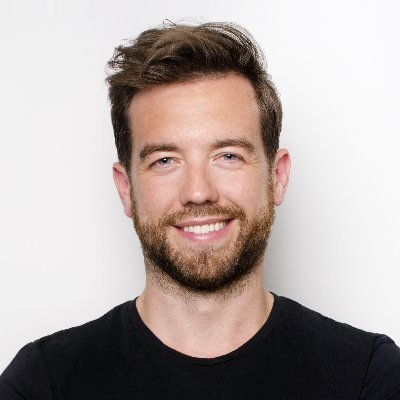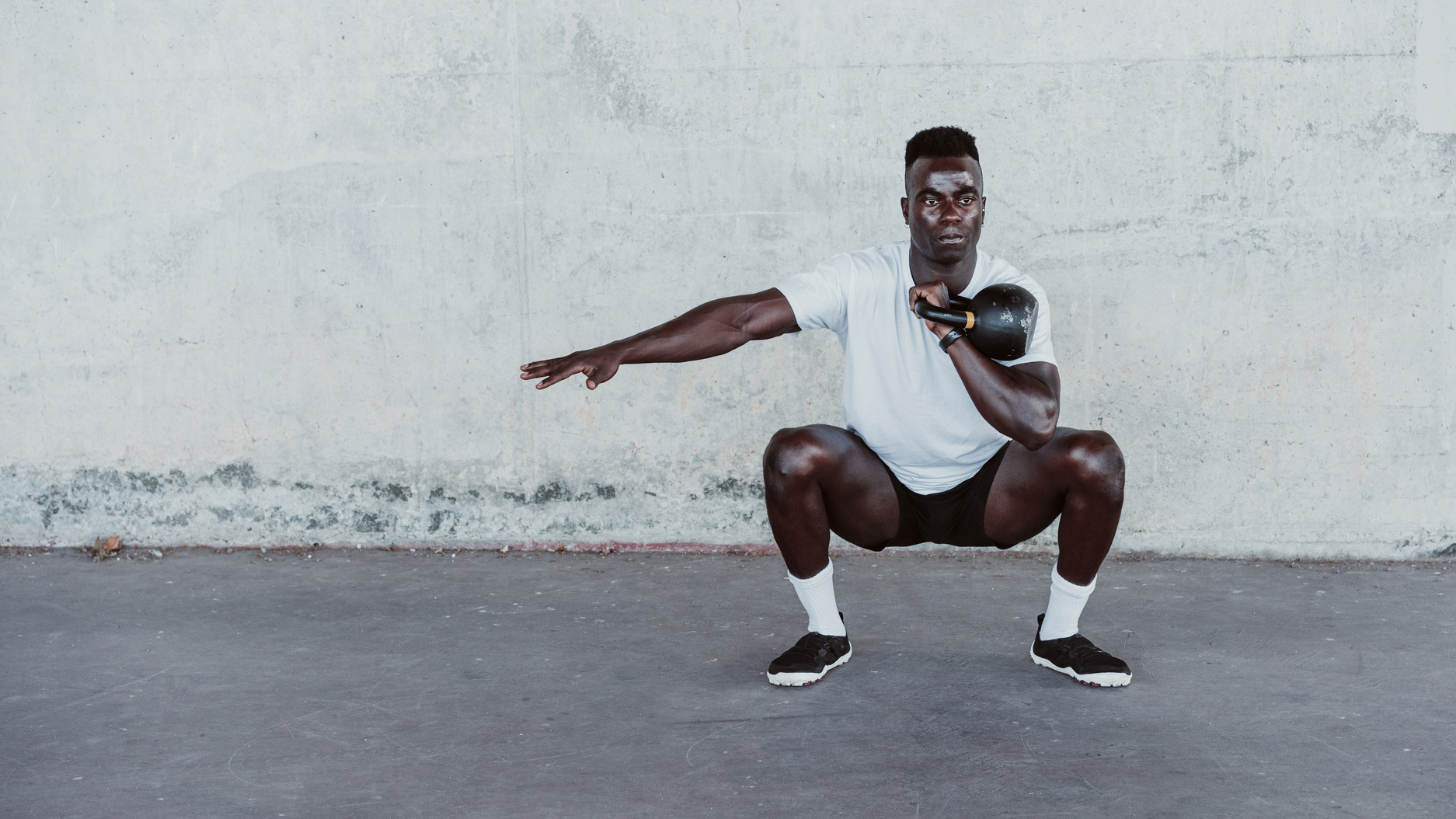
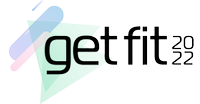
If you’ve ever stepped foot inside a gym, you’ll probably know what the best kettlebells are and you may have even used one before - especially if you’ve done a HIIT-style exercise class. You've definitely seen people doing kettlebell swings if nothing else.
Still, you might not be fully aware of the true advantages of adding regular kettlebell workouts into your fitness regime, no matter how familiar you are with the gym accessory. There’s also a good portion of gym-goers that have never even touched a kettlebell, let alone know what to do with them.
For this reason, we’re covering the essentials of kettlebells, how they differ from traditional weight training and why it’s worth your time to begin kettlebell training today. We’ve enlisted the help of British Kettlebell Championships gold medalist and Bio-Synergy ambassador, Jamie Lloyd for his top 3 tips on getting started.
What exactly is a kettlebell?
The kettlebell is known as one of the best pieces of home gym equipment to make use of during resistance workouts as they can really shake up your exercise regime, blow away the cobwebs and help you get into great shape.
They consist of a cast iron weight with a flat bottom and a handle on the top. In terms of weight, they typically range from 2kg to 50kg, or for those in the US is 5 to 100 pounds. However, they come in many different casts, sizes and colours.
Despite being used extensively as part of modern circuit training workouts in flashy boutique studios, kettlebells have been around for hundreds of years and are rumoured to have been brought into the fitness world sometime in the 1800s by a Russian man named Vladislav Kraevsky. It’s thought that Kraevsky was the pioneer for the involvement of kettlebells in the weightlifting world and they have proven immensely popular ever since.
How is kettlebell training different from traditional dumbbell weight training?
The most obvious difference between a kettlebell and a dumbbell is the shape of the weight. A dumbbell has weight evenly distributed on both ends with the grip in the centre. This allows the body to stabilise the weight through slow and controlled movements.
Sign up to the T3 newsletter for smarter living straight to your inbox
Get all the latest news, reviews, deals and buying guides on gorgeous tech, home and active products from the T3 experts
As for the kettlebell, it’s offset by the handle, which throws you off set during use and thus forces you to work your core stabiliser muscles. This is what allows you to grip the kettlebell in different ways and, as a result, compels you to engage the whole kinetic chain and use way more of the 600 muscles in the body.
Kettlebells aren’t necessarily better than dumbbells, but if you’re looking for fat loss, all-around strength and cardio, then go for kettlebells. This will depend on how you use them, of course, as well as your fitness goals.
Still, the kettlebell is far more versatile and allows you to do more fluid movements like snatches, swings and clean and jerks.
Top 3 reasons why you should start kettlebell training today
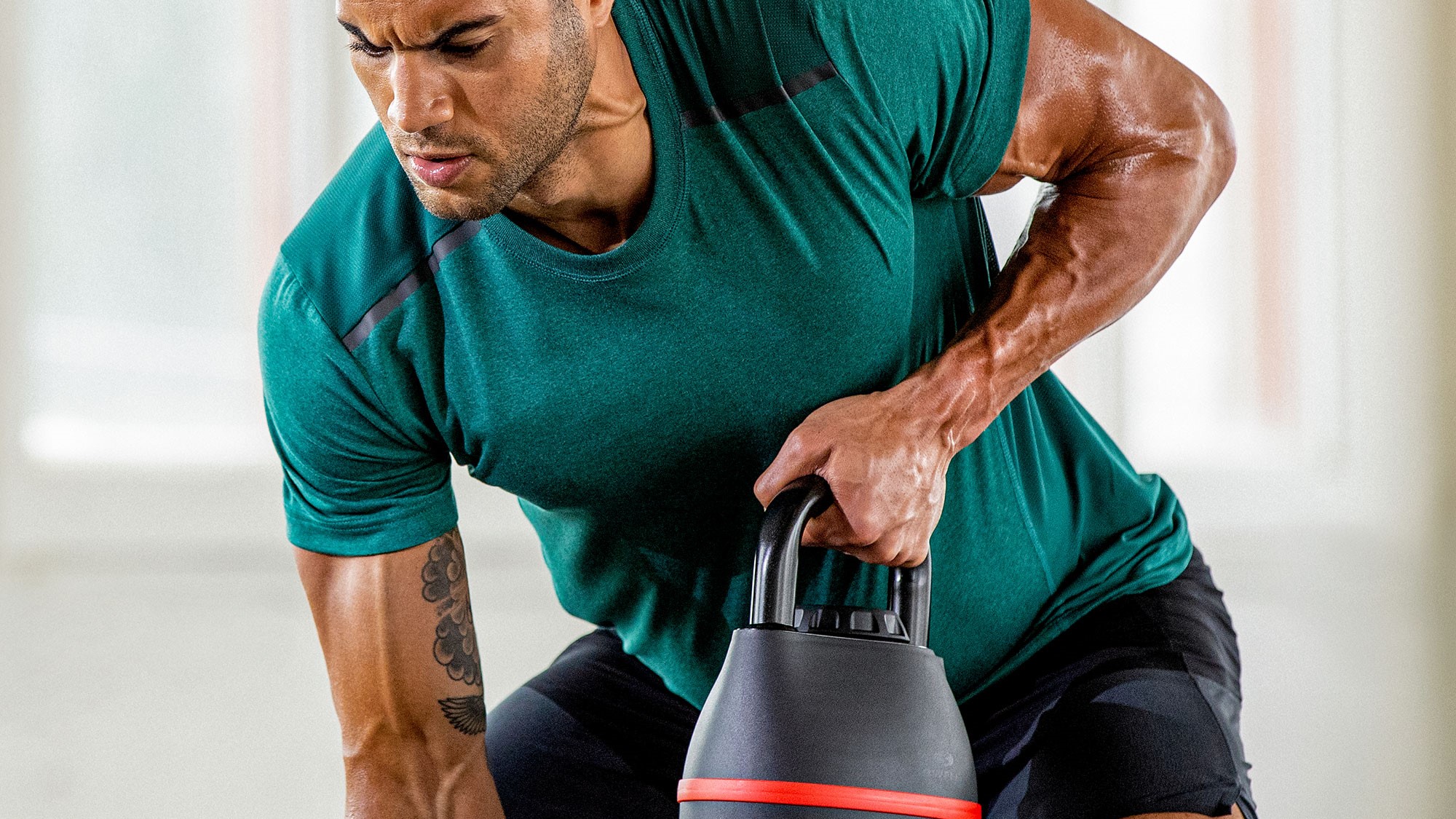
1. Getting a kettlebell is cheaper than gym membership
Kettlebells allow you to work many aspects of your body, so they’re almost like having a portable gym.
“They’re also portable and take up less space than traditional weights, so its like having a gym but a fraction of the price,” claims Lloyd. “And when starting out you just need one or two bells for an effective workout.”
2. Kettlebell training is perfect for improving core strength
According to Lloyd, the offset handle of the kettlebell forces you to work your core stabilser muscles far more than you would with a regular weight, as you’re having to work your centre of gravity more to lift the metal object.
“This means you wont need to do a seperate core workout or endless crunches as you will have a rock solid core just from your kettlebell training!”
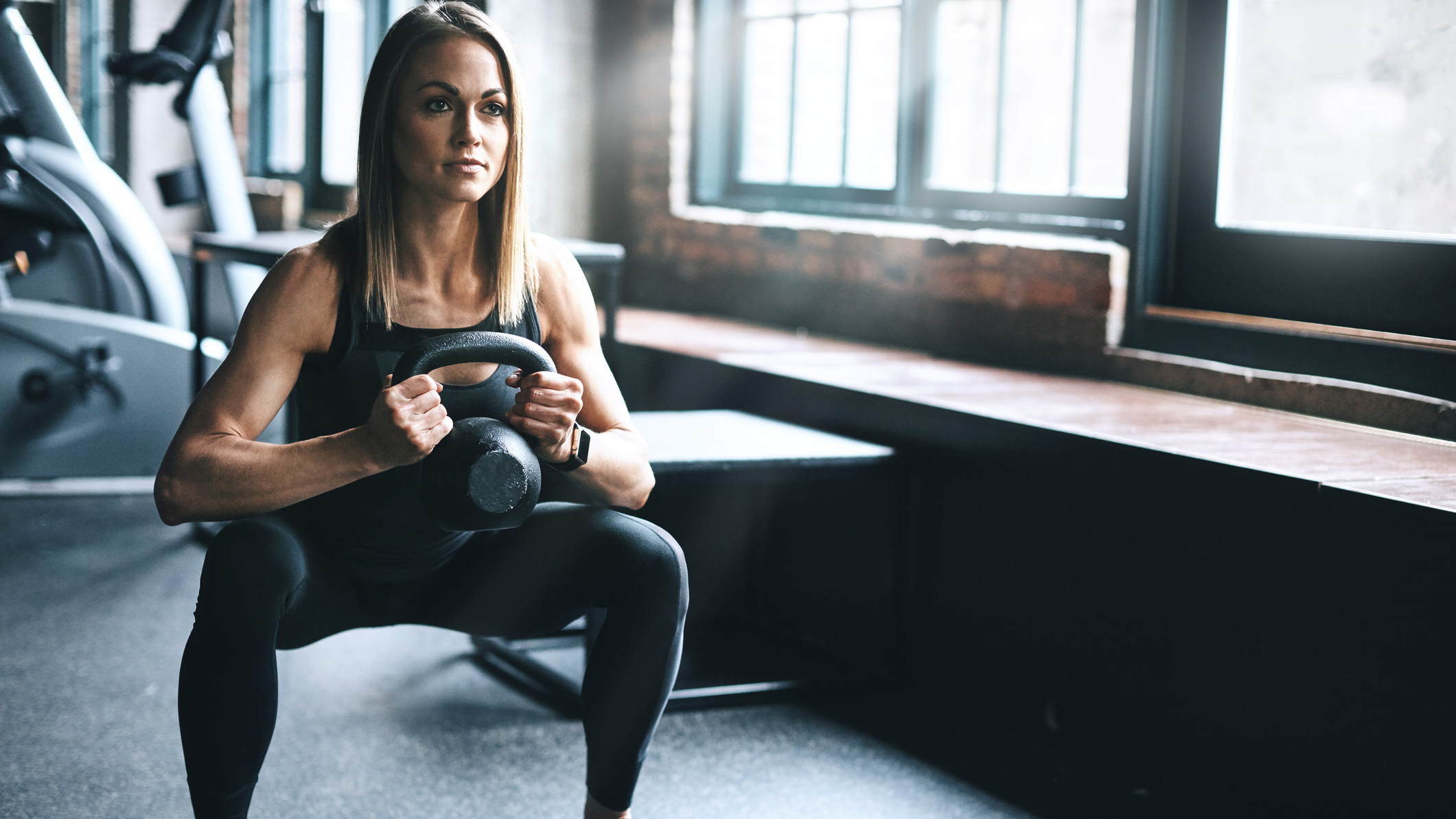
3. Kettlebell workouts can shift fat, fast
When doing traditional weight training, we continue to burn calories for 4-6 hours post-workout, but when training with kettlebells we can burn them up to 24 hours after exercise. Although this does depend on how you strcture your workouts.
“Of course, you can use kettlebells like dumbbells for isolated strength movements, but the most calories are burnt when doing HIIT training with short rests in between bouts of exercise,” Lloyd explains.
“Bare in mind, more isn’t necessarily better. A well-designed kettlebell training program, like any other high-intensity workout, shouldn’t be done every day or take hours to complete.”
When done properly, kettlebell training can be a great way to tax the body and also build up work capacity in a short space of time to burn heaps of calories.
This feature is part of T3's Get Fit 2022 campaign. We’ll be bringing you a wealth of guides, features, deals and news to help you get healthy, fit and ready for anything the new year can throw at you. Whether you’re a newcomer to fitness or someone with a passion for it, we’ll bring you all the best workouts, diet advice and gear to set you on the right track.
Lee Bell is a freelance journalist & copywriter specialising in technology, health, grooming and how the latest innovations are shaking up the lifestyle space. From national newspapers to specialist-interest magazines and digital titles, Lee has written for some of the world’s most respected publications during his 11 years as a journalist.
-
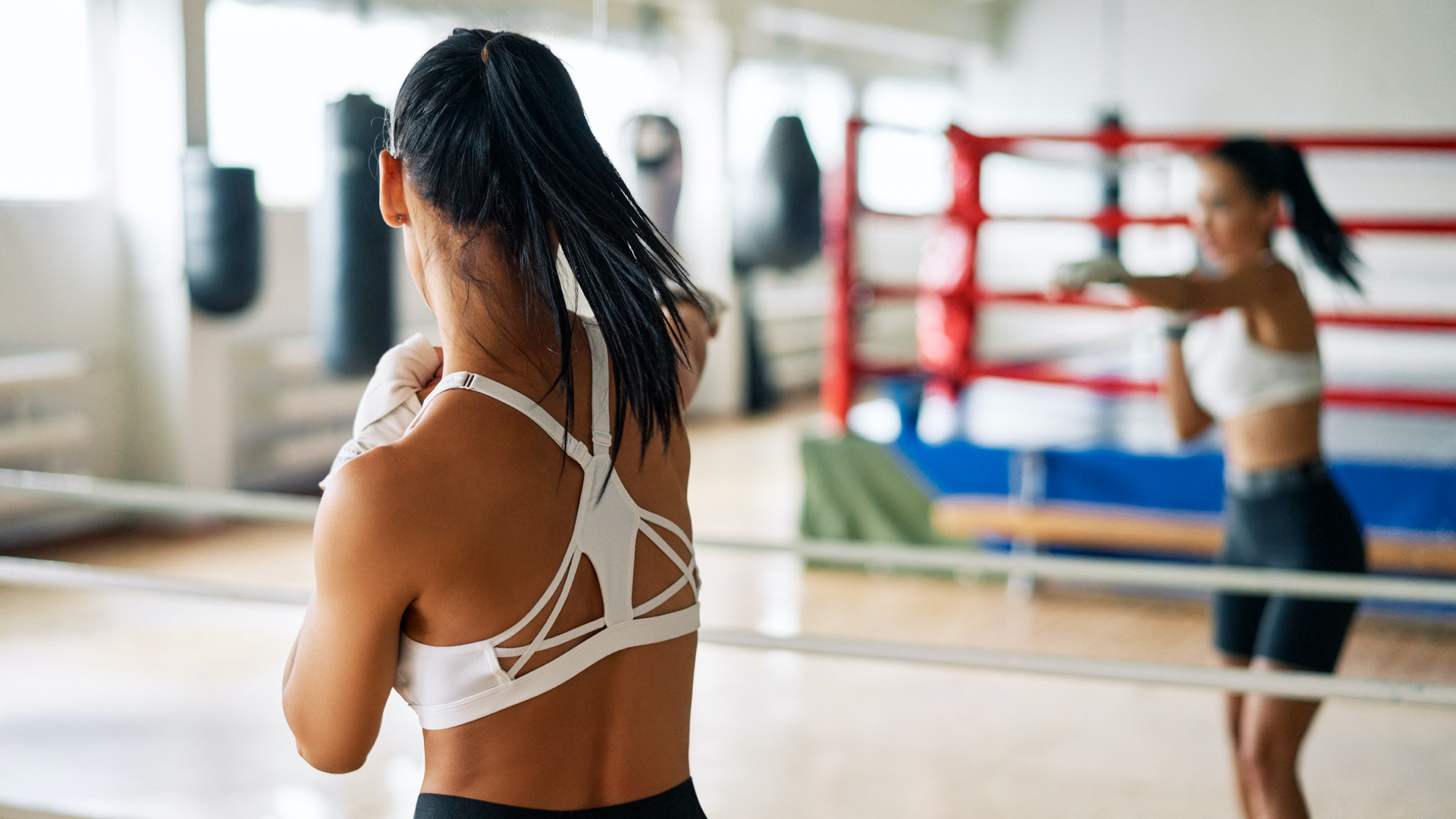 20-minute full-body HIIT workout to burn fat and boost your metabolism
20-minute full-body HIIT workout to burn fat and boost your metabolismYou won't need any equipment for this T3-exclusive “Box ‘n Burn” shadowboxing follow-along workout
By Matt Kollat
-
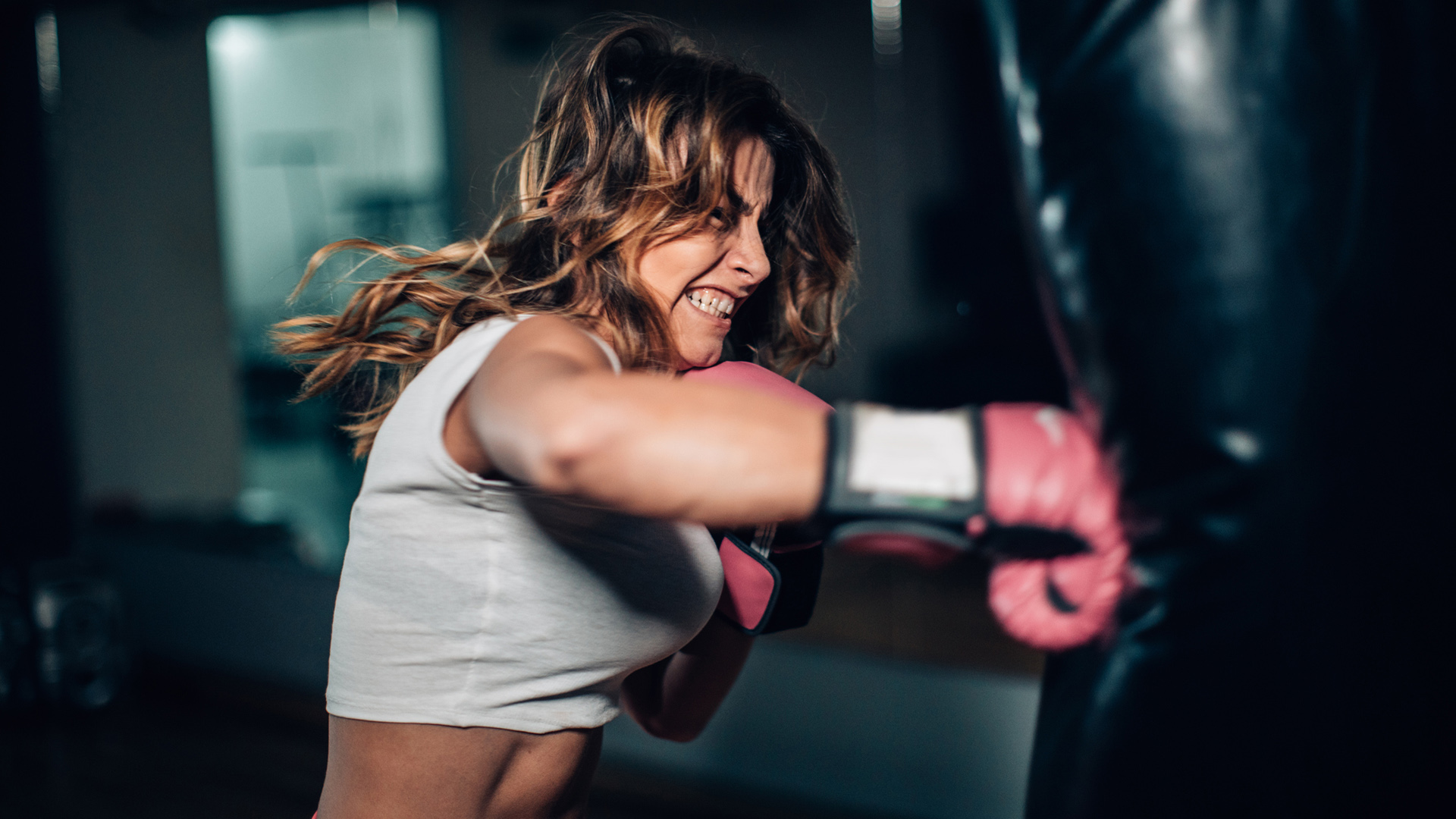
 Reduce stress, get strong and burn fat with this 20-minute punch bag workout
Reduce stress, get strong and burn fat with this 20-minute punch bag workoutRelieve stress and get fit in the process with this follow-along workout from a top boxing coach
By Matt Kollat
-
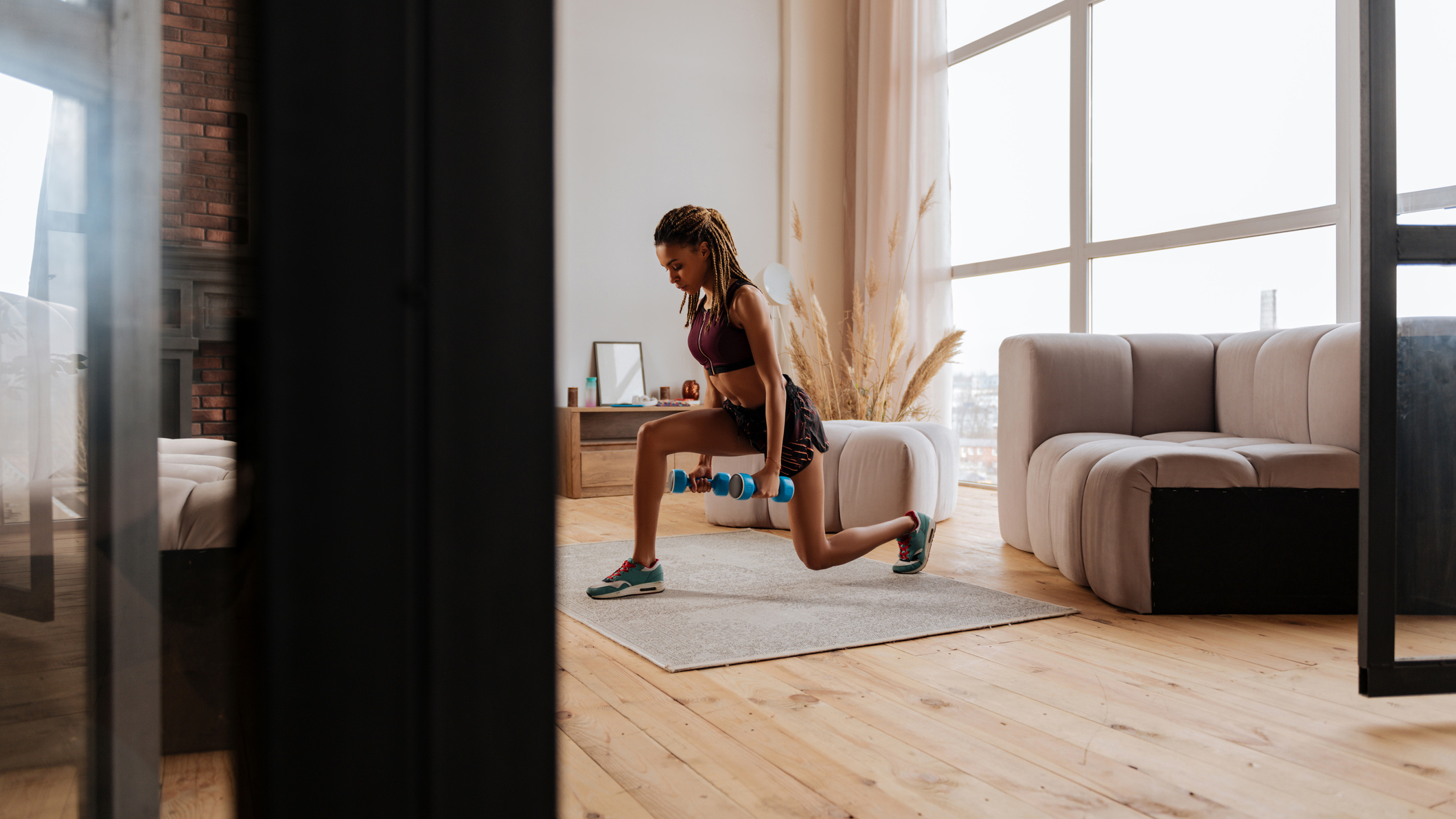
 This home workout combines HIIT and strength training – burn fat and build muscle in 20 minutes
This home workout combines HIIT and strength training – burn fat and build muscle in 20 minutesSlim down at home with this fast-paced dumbbell HIIT workout
By Matt Kollat
-
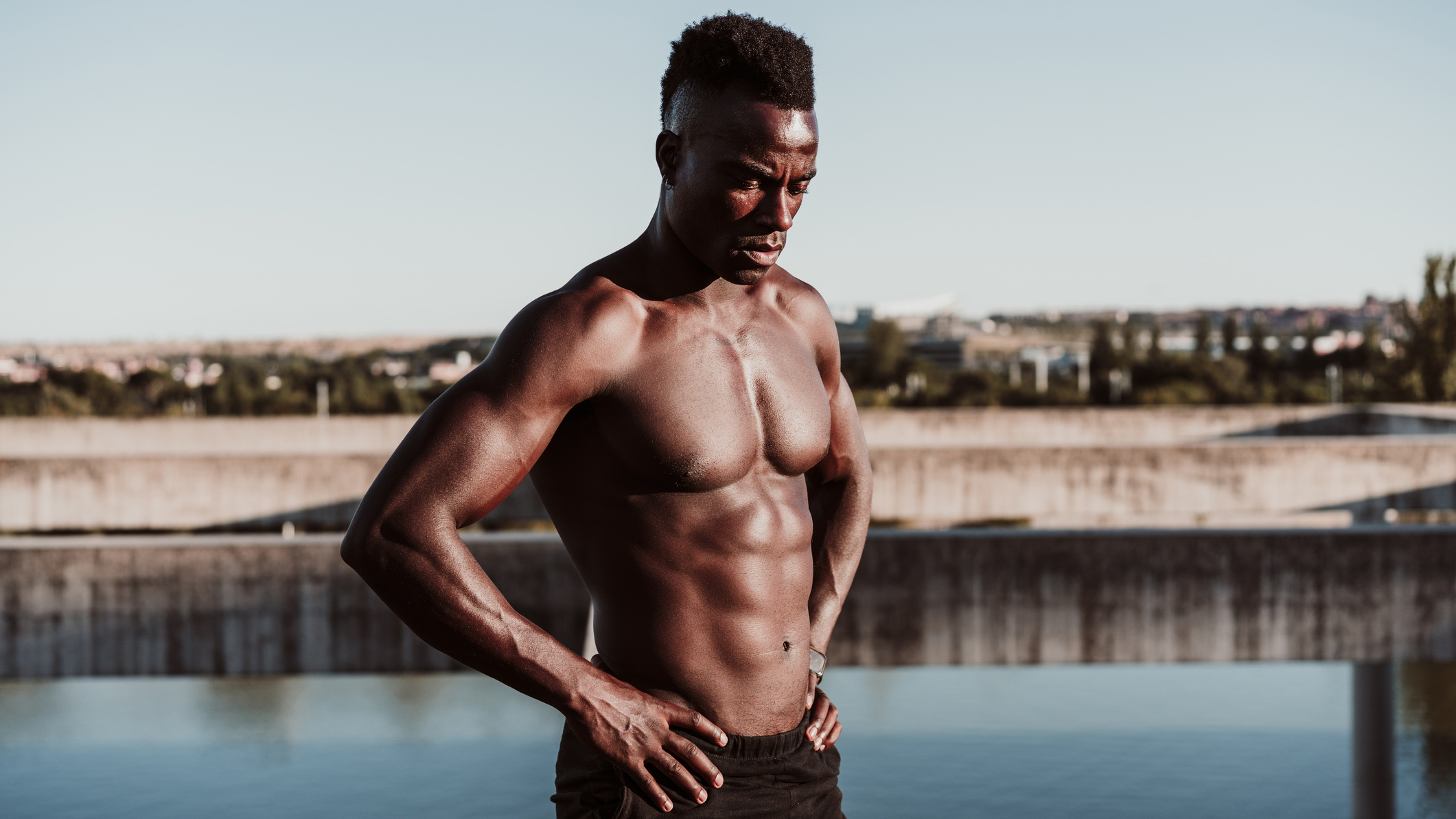
 Try this 2-minute six-pack workout and train the most neglected part of your abs
Try this 2-minute six-pack workout and train the most neglected part of your absFast, efficient and fun; this ab workout has it all!
By Matt Kollat
-
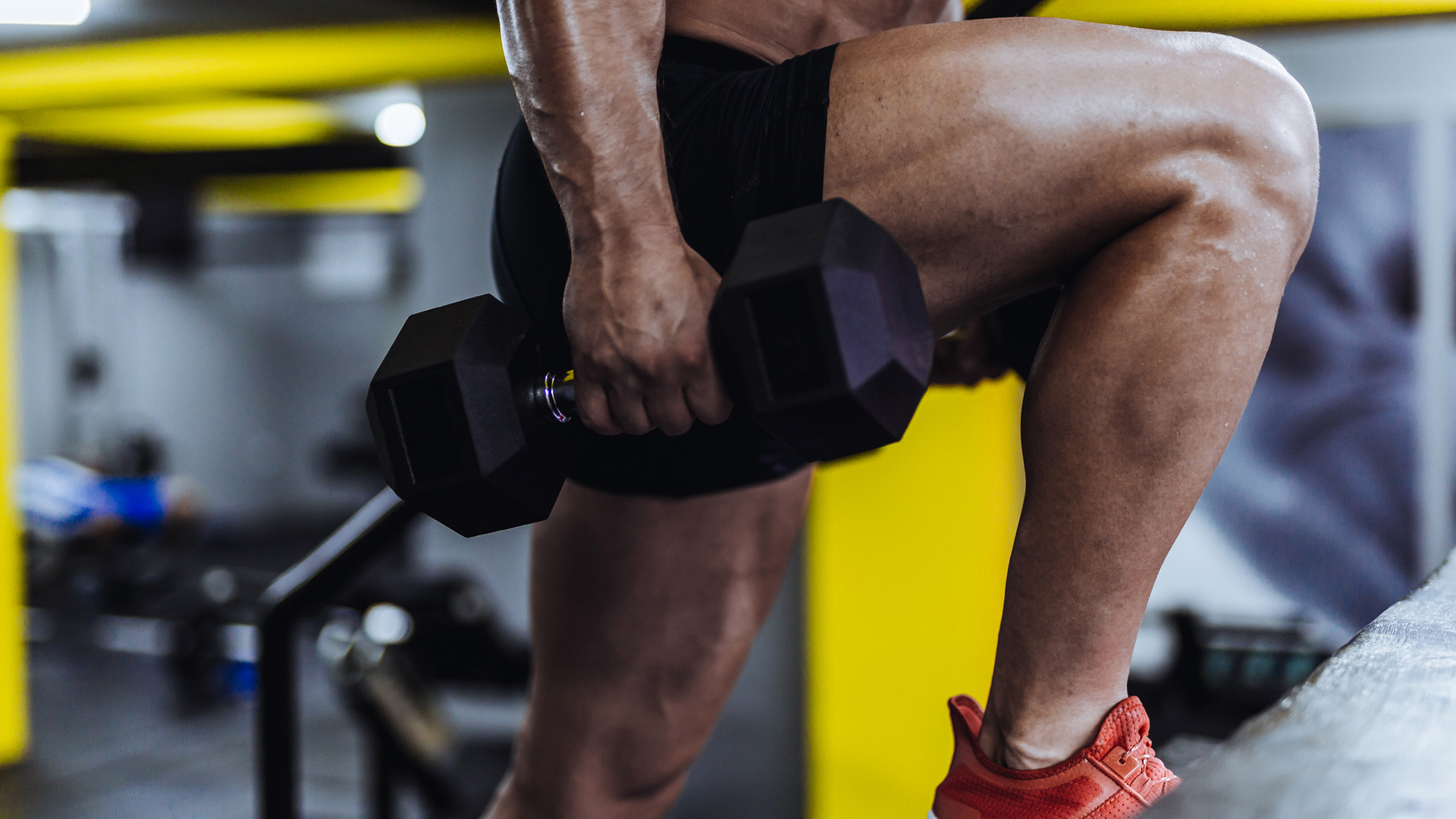
 Work the glutes, quads and calves with this 5-move leg day workout – you'll only need 2 dumbbell
Work the glutes, quads and calves with this 5-move leg day workout – you'll only need 2 dumbbellWork your whole lower body, from glutes to calves, with the smallest home weight
By Matt Kollat
-
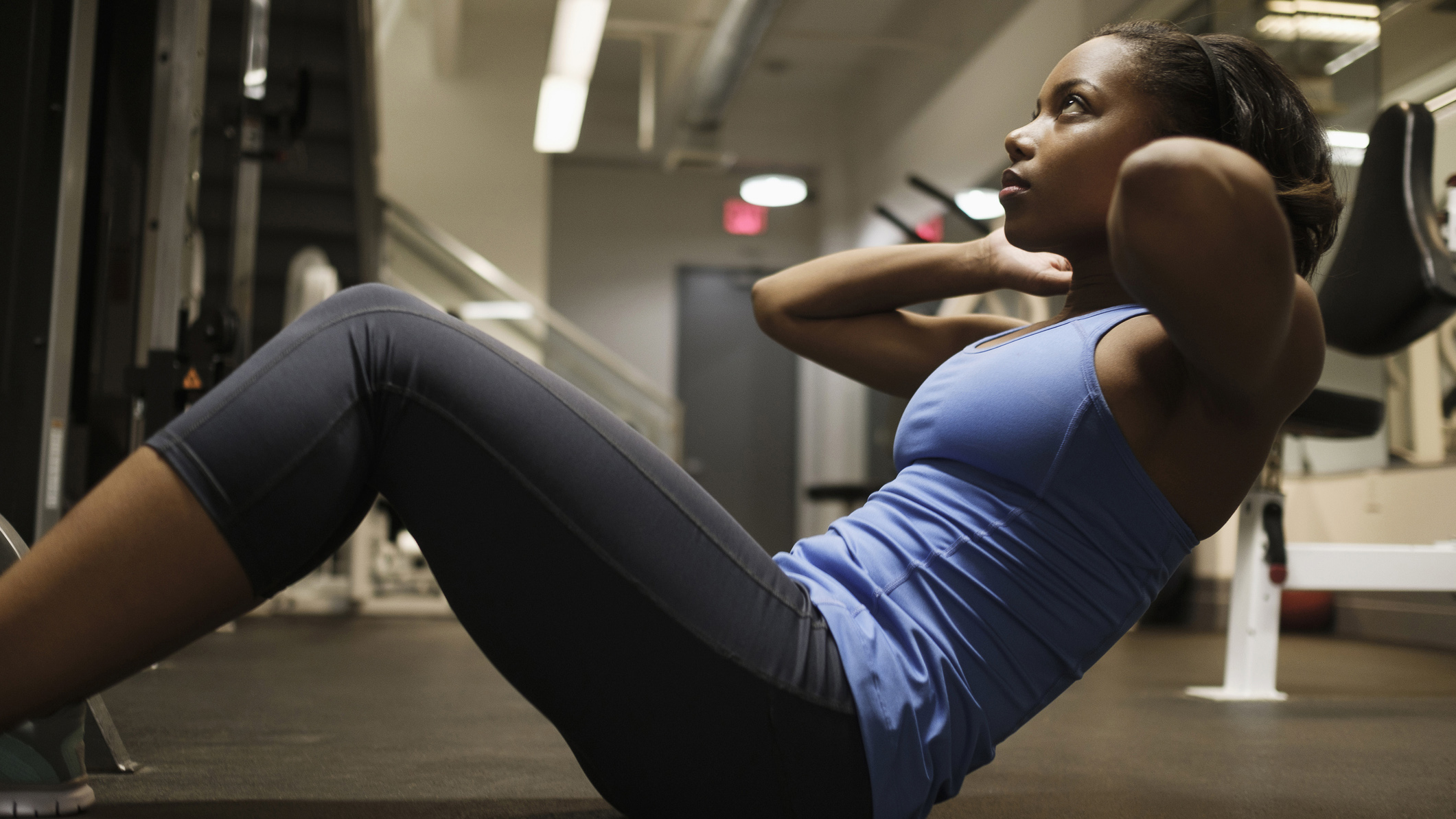
 15-minute low-impact full-body workout to burn fat and improve metabolism
15-minute low-impact full-body workout to burn fat and improve metabolismYour body (and two chairs) is the only equipment you'll need for this workout
By Matt Kollat
-
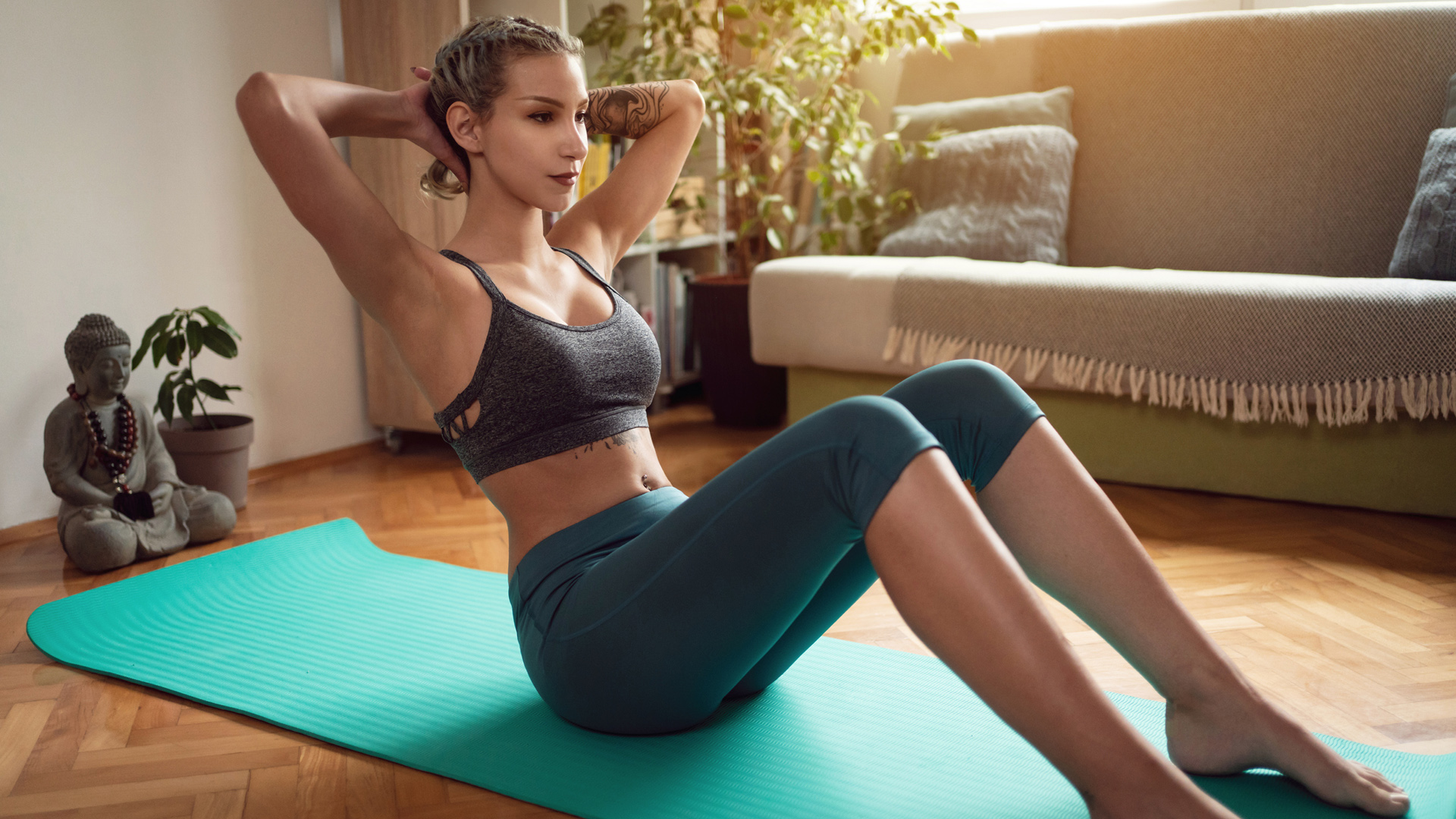
 Sculpt six-pack abs with this quick 4-move core workout – no equipment required
Sculpt six-pack abs with this quick 4-move core workout – no equipment requiredGet your abs ready for this fast and furious core workout – no equipment required!
By Matt Kollat
-
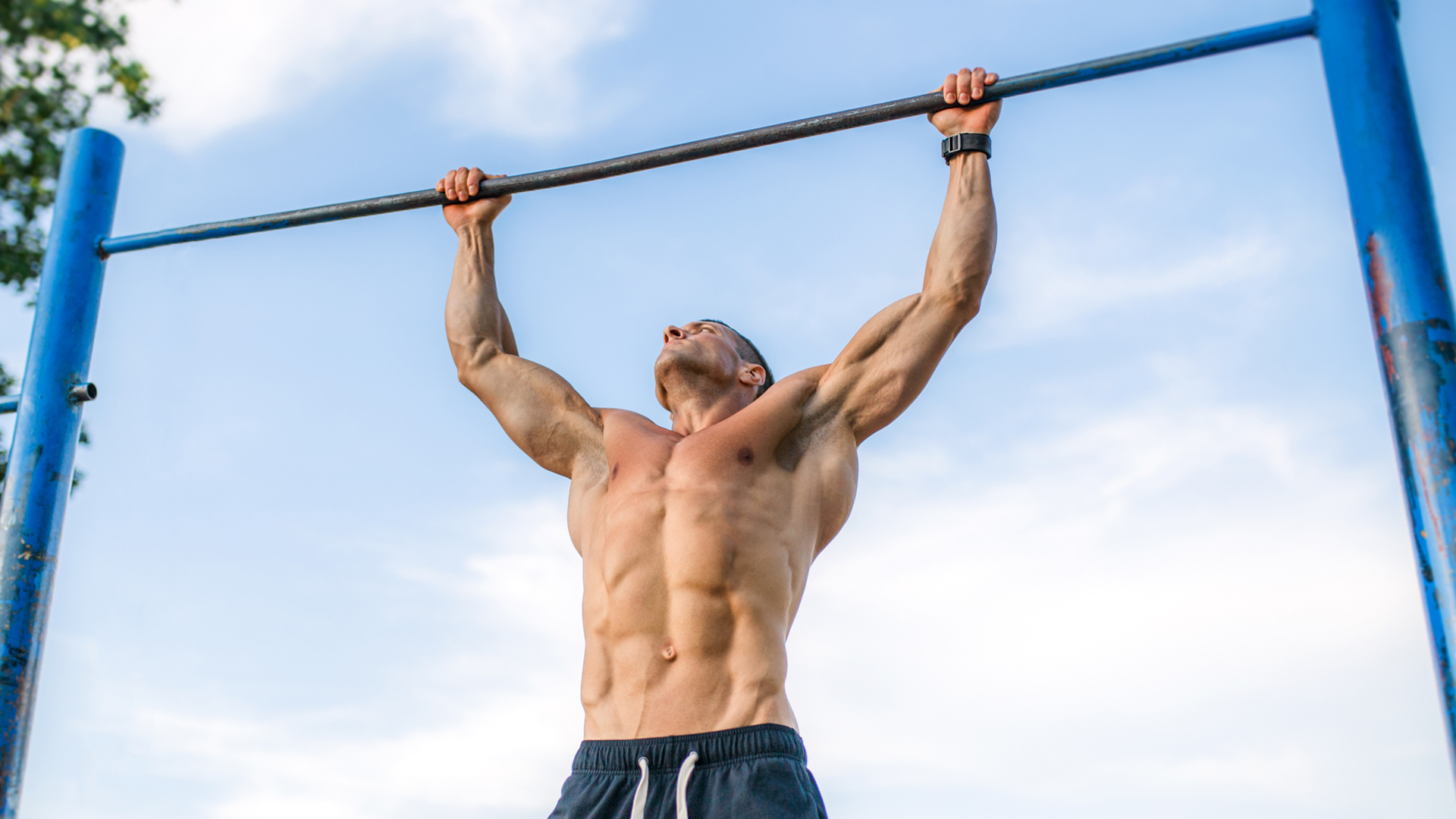
 Build big arms and back muscles with this 5-minute pull up workout for beginners
Build big arms and back muscles with this 5-minute pull up workout for beginnersStruggling to get started with pull-ups? This fast workout will help you build strength (and arm/back size)
By Matt Kollat
